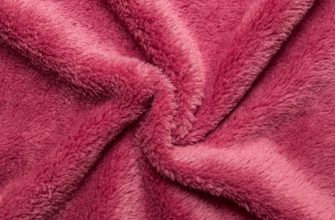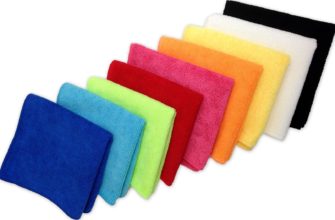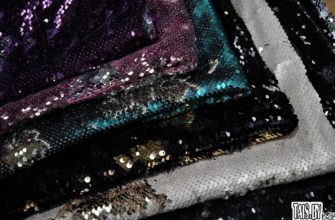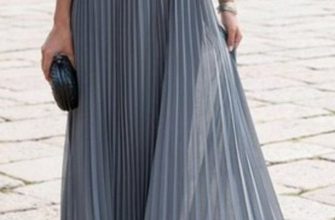Modern synthetic materials have quietly entered into widespread consumption. Technological developments of mixed fibers for the manufacture of goods and products are constantly being improved, bringing dozens of new fabrics every year. To reduce doubts, you should learn more about the new material.
- History of appearance
- Polyester: what kind of fabric, description
- Polyester - does it stretch or not?
- Is polyester waterproof or not?
- Do polyester clothes breathe or not?
- Key production features
- Types of polyester fabrics
- Unit of measurement of polyester density
- Combinations with other types of fibers
- Fiber dyeing
- Tips for caring for polyester products
- How to remove stains from polyester fabric at home
- How to wash and iron polyester fiber products?
- Advantages and disadvantages
History of appearance
The textile industry needed strong fibers, and the best minds from different countries took on the task of creating them. New generation fibers were successfully obtained from oil monomers through chemical reactions. English scientists took the lead in polyester production.
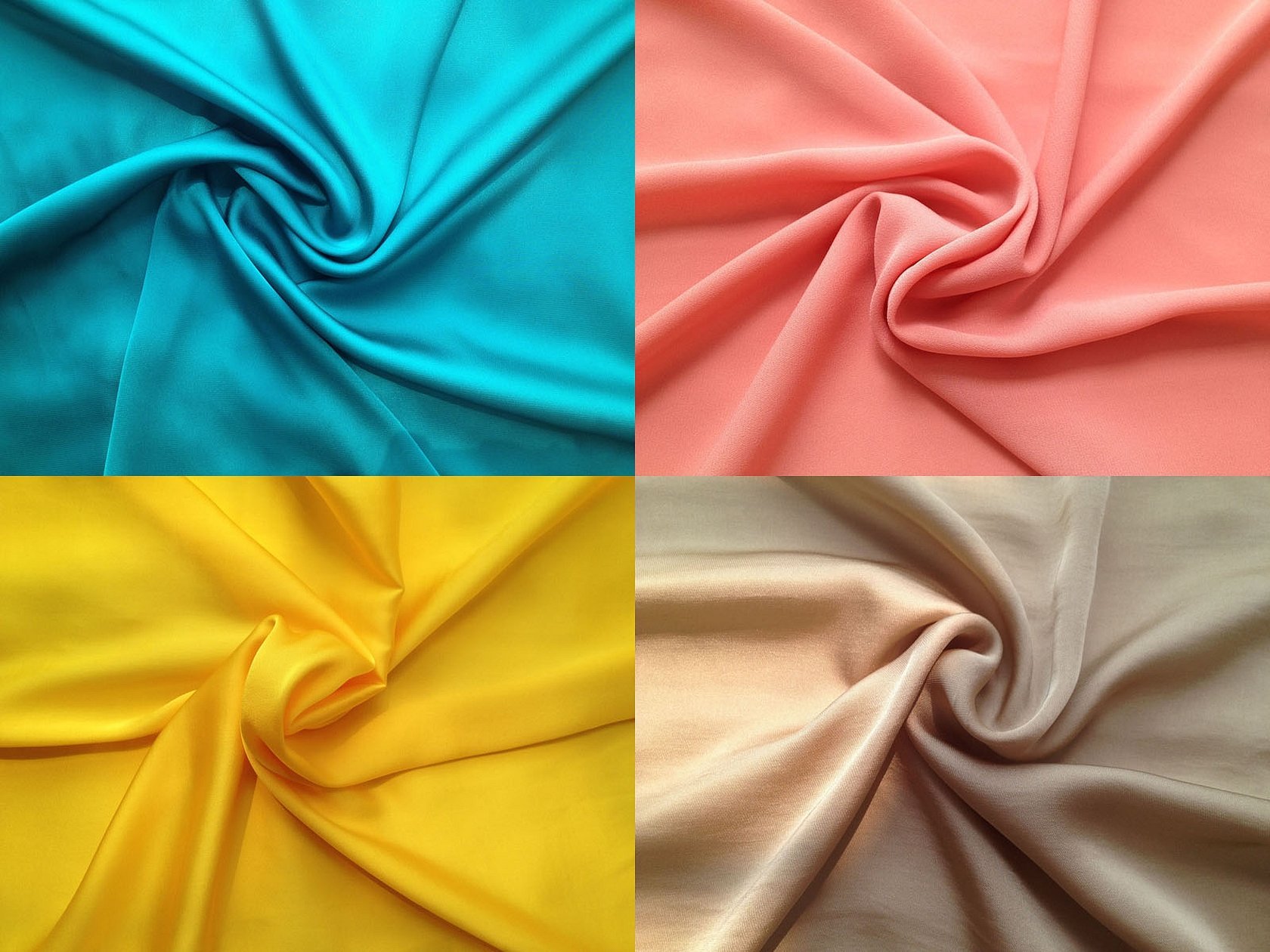
Polyester fibers obtained in the process of oil refining are combined with natural fibers to produce fabrics of various qualities and properties. Polyester is a synthetic material that has flooded the markets for various purposes. More than half of modern fabrics are made with the addition of polyester threads.

Polyester fabric is a obtained material, it is significantly superior to other synthetic fibers. The strength and durability of the fabric with the possibility of recycling attracts the manufacturer. The buyer sees the inscription "polyester" not only on the clothing label, but also on plastic containers, dishes, packaging, all kinds of containers.
The production of outerwear, underwear, toys, and insulation has become widespread due to the positive qualities of the material.
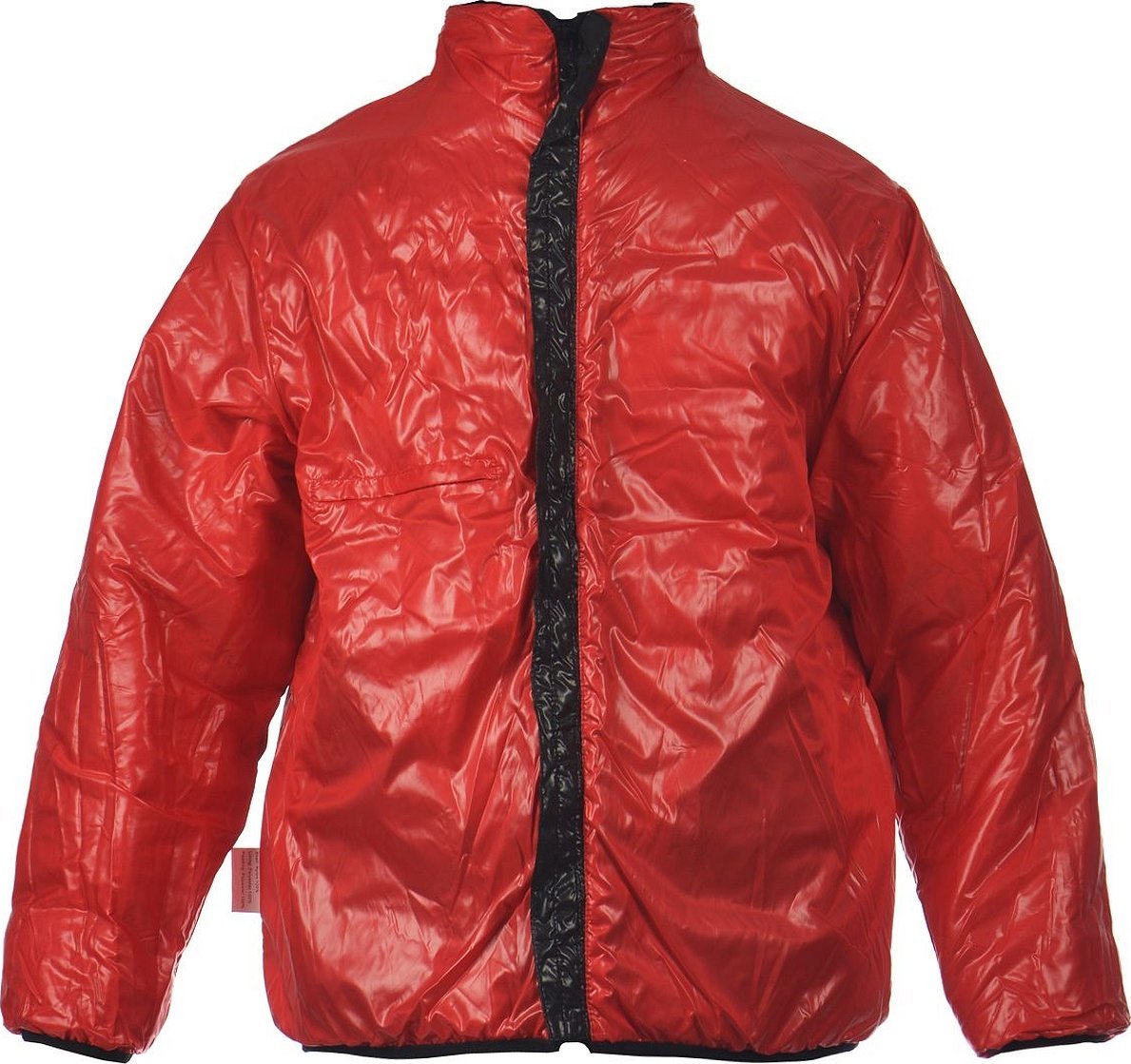
Polyester: what kind of fabric, description
By giving preference to natural fabrics, considering synthetics to be harmful to health, the consumer is partly unfair. There are no fabrics on the market that are 100% synthetic fibers, they can look different because it is a dense, air-impermeable fabric, more like a film and not suitable for sewing products. It is necessary to understand what kind of material polyester is.
The polymer, obtained from polyester fibers, is forced through narrow holes under high pressure by technological manipulations with polystyrene extracted from oil. The cooled fibers are stretched to threads of a given density. These polyester threads are used to create the future fabric.
The use of polyester for making lightweight dresses or furniture upholstery echoes the production of insulation for winter clothing and sailcloth. The interweaving of threads of different shapes, from round to square, allows for the production of textured fabrics that are not inferior in quality to natural ones.
Please note! Practical and beautiful, it has a plus in price - inexpensive material, safe for human health.

Polyester - does it stretch or not?
Polyester fibers combined with lycra or wool are able to stretch slightly to the required dimensions, returning to their original shapes after wearing and washing. Maintaining strength and wear resistance are used as important advantages in the manufacture of sportswear. Swimsuits and tights, tops and vests are popular due to the ease of care of the product. Delicate washing and quick drying are inherent in such products.

Stretching of polyester items is possible when using high temperatures during washing, ironing with a hot iron with stretching of the item. However, the item does not stretch as much as it deteriorates, losing its properties. It will be impossible to recycle a damaged item.
Is polyester waterproof or not?
Polyester fibers have high water-resistant qualities, while allowing air to pass through. This characteristic is widely used in the manufacture of insulation for winter clothing, footwear, mattresses, as well as for ship sails, tents and work clothes. Polyester can be used in children's diapers.

Polyester is widely used in the production of liquid containers, construction helmets and other remarkable products. Recycling of plastic bottles does not affect the quality of the material. Polyester threads in repeated remelting can be used to produce fabrics, threads, and insulation fibers. Reducing the costs of extracting raw materials affects the pricing policy of production towards a decrease.
Do polyester clothes breathe or not?
What is polyester fabric? Lightweight modern polyester material that meets all safety and environmental requirements, used in medicine, catering establishments, kindergartens and in production under laboratory conditions. Possessing all the qualities of hypoallergenicity, it can be used in sewing underwear, bedding sets and clothes for infants. Polyester fabric is a material with the addition of synthetic fibers, capable of passing air. Ventilation of clothes is provided due to the presence of natural components in the manufacture of the material.
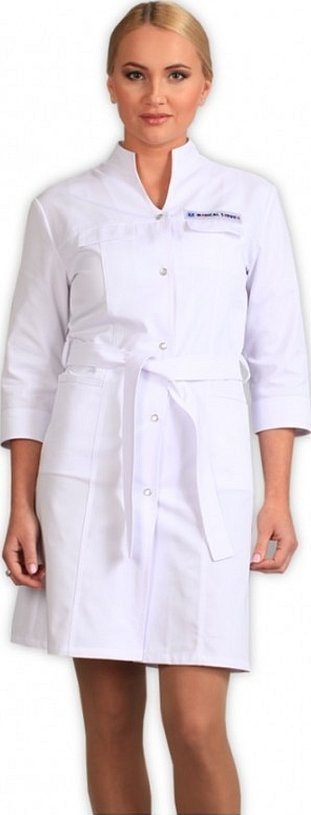
Key production features
The raw materials for future fibers are oil, gas and processed products of their components.
The production technology is as follows:
- isolation of components for obtaining polystyrene;
- multi-stage cleaning of liquid polyester;
- forcing the molten mass through narrow openings;
- cooling the resulting polymer and drawing it into thin threads;
- blending polyester fibers with natural ones;
- production of fabric canvas.
Please note! The production of fabrics with different quality characteristics is achieved by mixing polyester with natural, synthetic or natural fibers.
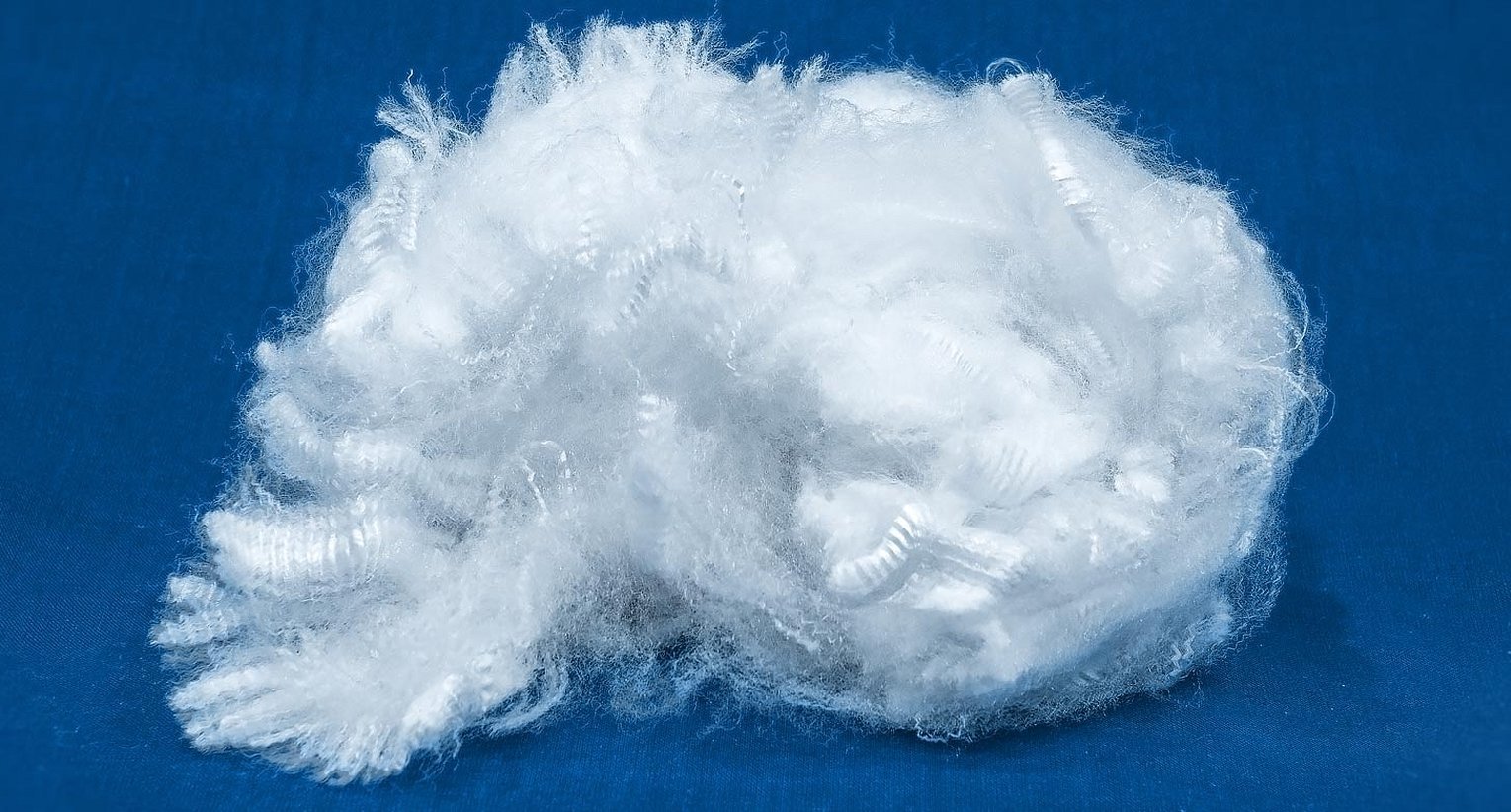
Types of polyester fabrics
Polyester fiber is almost never used in its pure form. Adding elastane, cotton or viscose threads changes the quality characteristics of both fabrics. Supplementation and improvement of qualities due to another component is used in the production of most materials. There is no exact answer to the question of whether polyester is synthetic or not.
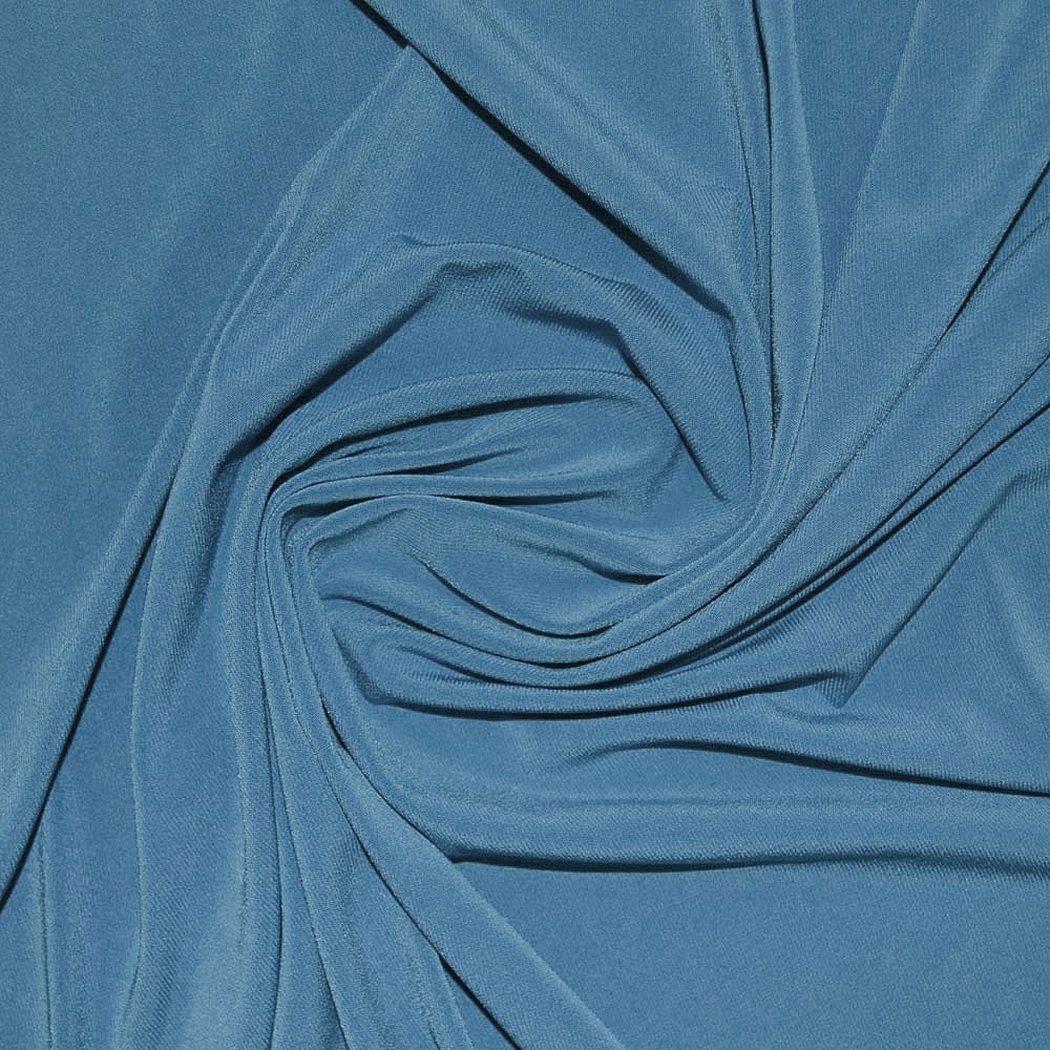
Polyester is added to improve wear resistance and strength. When spandex is added, polyester becomes elastic. Adding polyester to cotton improves the qualities of the latter, increasing its service life. Viscose with polyester is used to make colorful fabrics for clothing.
- Stretch. Contains only 5 to 15% elastane and up to 95% polyester. The correct composition can be used in the production of underwear, sportswear, swimwear. It has an elastic structure that is not subject to stretching. The smooth face surface is used for sweaters and tops. It maintains air ventilation well.
- Micro oil. Knitted fabric containing up to 30% viscose and 70% polyester. Reminiscent of natural silk, elastic material. Can be used as home wear.

- Sintepon, holofiber for warming winter clothes. Non-woven material is used as a filler for blankets and mattresses. It keeps heat well, hypoallergenic, lightweight and durable fabric.
- Lining and upholstery materials that retain moisture on the surface. They have heat-protective properties. They contain silk fibers.
- Awning fabric, polyamide with polyester for sewing tents.
- Raincoat fabric for demi-season and winter clothing.
- Bed linen fabric, polyester with the addition of cotton or linen is used for sewing bed linen sets.
- Knitted material, polyester with the addition of wool is used for sweaters and turtlenecks, children's suits and trousers.
What polyester is can be answered by studying the range of products produced on its basis.

Unit of measurement of polyester density
Changes in quality characteristics depending on the composition of the raw material affect the density of polyester.
- The 300d designation is typical for the material used to sew accessories and sports equipment. It does not let water through.
- 500d is used for protective covers and awnings for cars, tents and hiking backpacks.
- 600d is used in the production of tourist equipment.
- Polyester marked 900d is used in extreme conditions to protect against UV rays and water.
From thin translucent voile to strong raincoat fabric or tarpaulin, such a wide range of materials are made from 100% polyester.
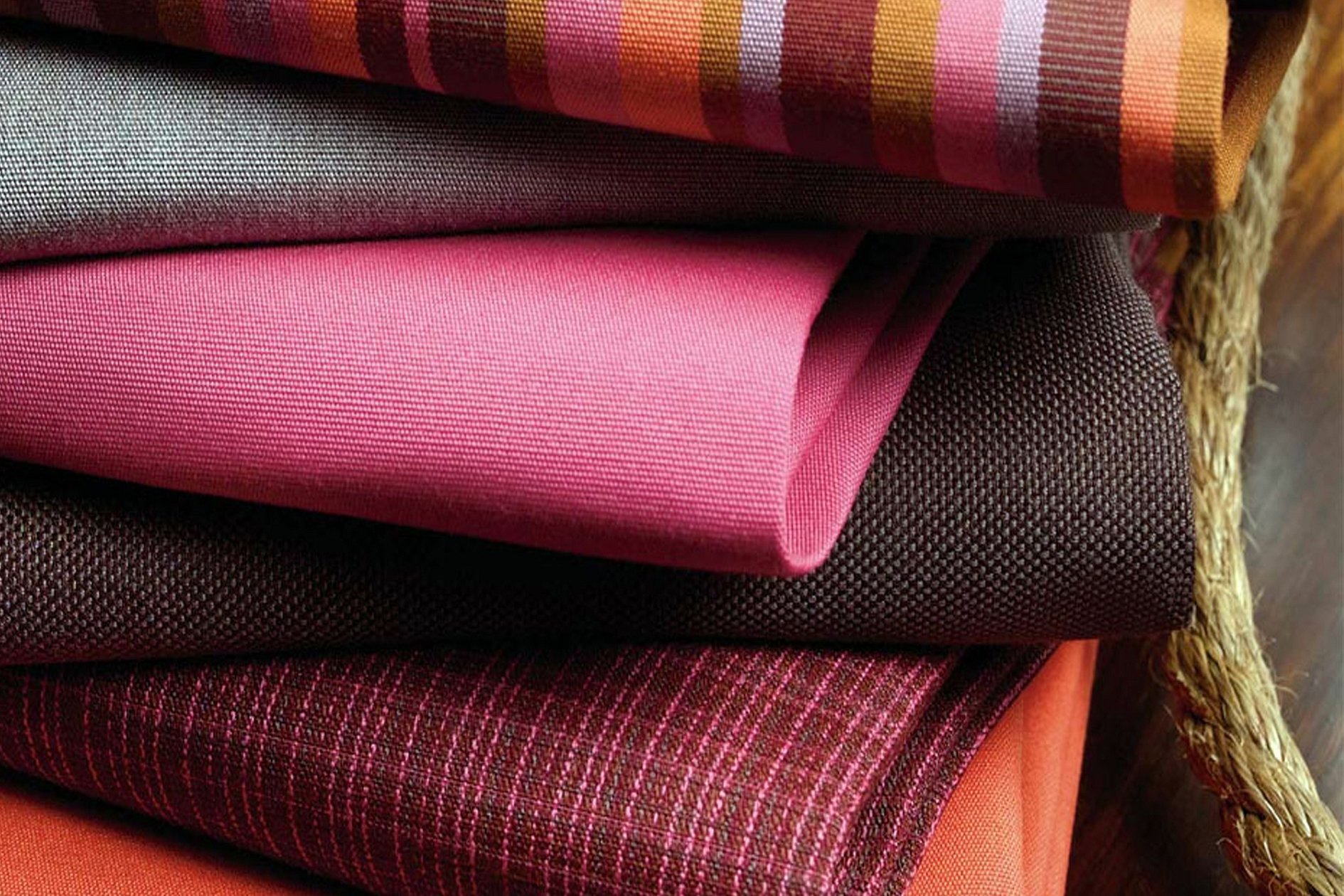
Combinations with other types of fibers
Mixing polyester threads with other types of fibers creates new types of fabrics. Possible combinations used in production:
- polyamide and polyester form a fabric that is waterproof and resembles silk;
- elastane and polyester are suitable for the production of hosiery, as well as gloves and suits;
- the mixture with cotton is used for bed linen and light dresses, it dyes well and does not fade;
- viscose with polyester is used for sewing casual clothes
Modern manufacturers are moving away from the traditional use of 100% natural fiber in fabric production. Combined materials combine the best qualities of the components. What is polyester in clothing has long been known.
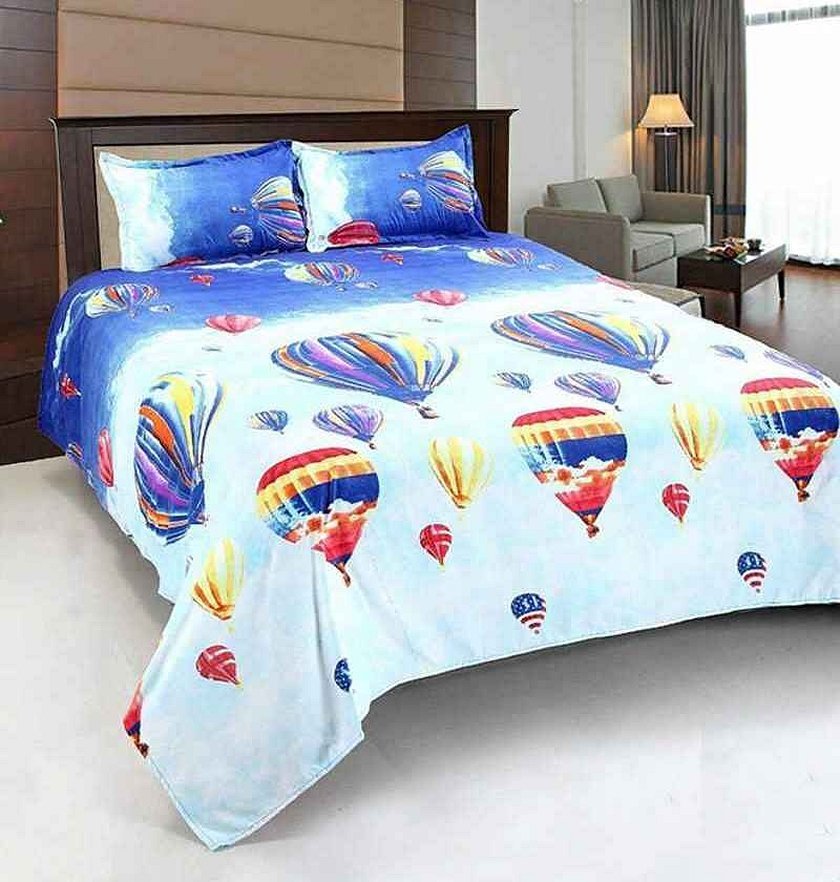
Fiber dyeing
100% polyester is difficult to dye, but when combined with other fibers, the fabric easily acquires shades of the desired color. Superior in quality to nylon and capron materials, polyester is durable and strong. Bright colors of the fabric are used in a variety of consumer goods.
Painting the product at home is in demand for difficult to remove chemical stains or for some other reasons. The appropriate dyes for polyester are purchased and, following the dyeing instructions, the color is changed to a more suitable one. The less polyester is contained in the material, the faster and easier the product is repainted.
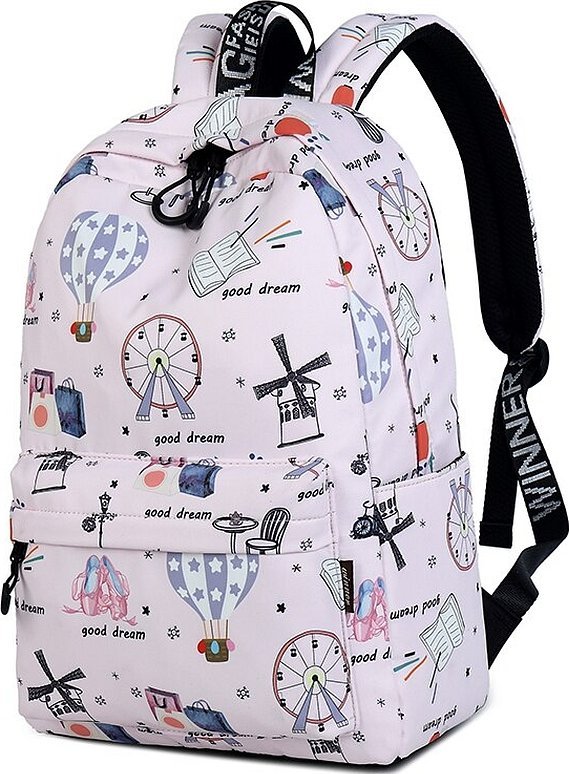
Tips for caring for polyester products
Taking into account the manufacturer's recommendations, fabric care is not complicated by complex manipulations with the product.
- Use a delicate wash cycle with water temperature up to 40 degrees. If the size of the product allows, hand washing will be the best solution.
- Use neutral detergents without bleach.
- Particularly delicate thin items are washed inside out to protect the front side from mechanical damage.
- It is not recommended to wring out the washed item, the water will easily run off and the item will dry fairly quickly.
- Ironing of polyester products is done from the reverse side through a cotton fabric.
Important! Some types of polyester fiber products are not recommended to be ironed.
How to remove stains from polyester fabric at home
Many people are interested in what this polyester material is and whether it is not subject to contamination. It has water- and dirt-repellent properties. But no one is immune from stains that spoil the appearance of the product.
Before starting the stain removal procedure, you should try the stain remover in an inconspicuous place on the garment - on the inside or in a corner of the bottom.
Paint or cosmetic stains are carefully removed using a cloth soaked in a solvent, but not aggressive acetone or solvent.
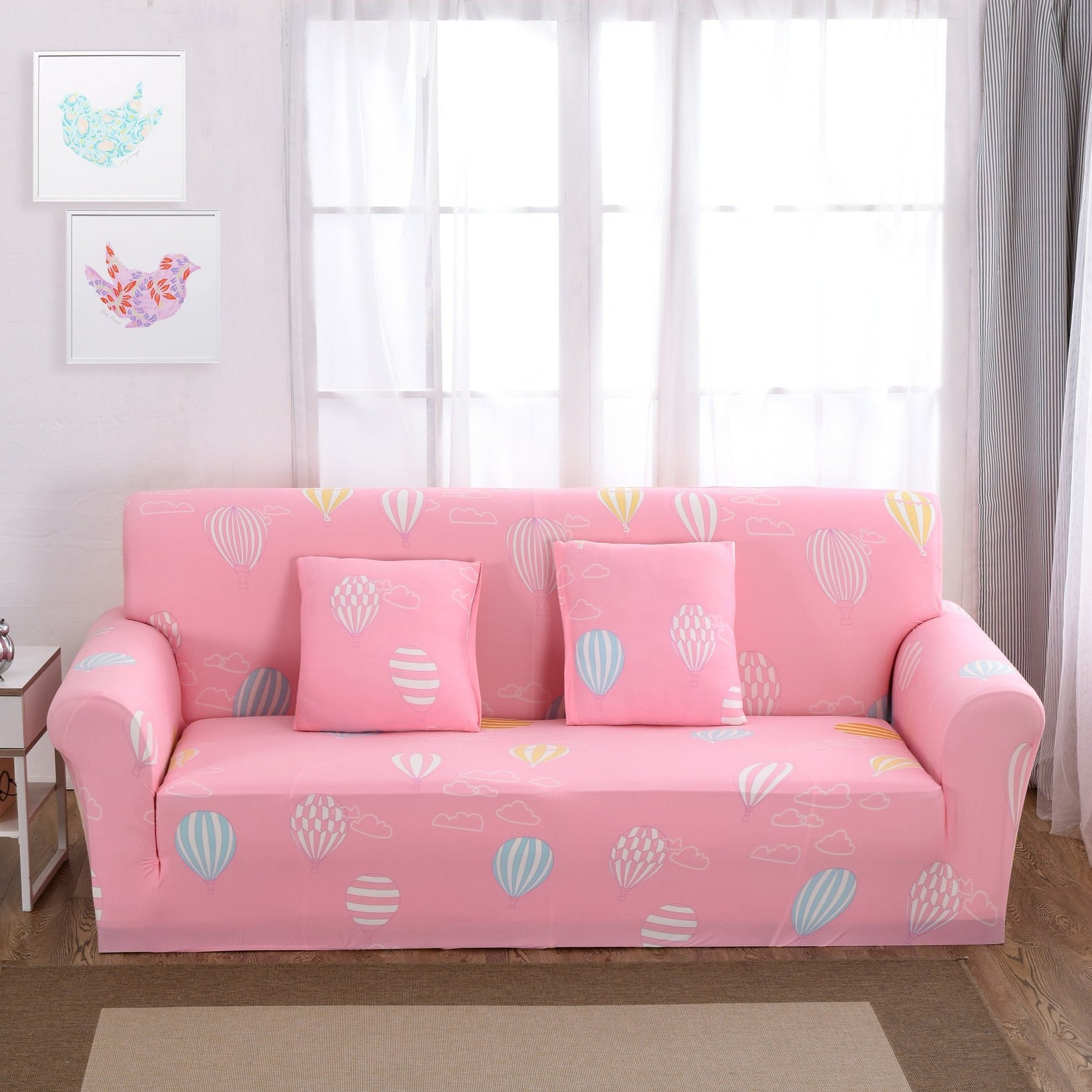
How to wash and iron polyester fiber products?
Most polyester fabrics are recommended to be hand washed. The manufacturer's recommendations are indicated on the product label. If machine washing on a delicate cycle is allowed, then spinning is not recommended.
For heavily soiled items, it is recommended to pre-soak them and then hand wash them. The use of laundry soap is permitted. After thoroughly rinsing, do not wring out the item, but let the water drain.
A carefully hung product will dry very quickly at any temperature and humidity. If ironing is not necessary, the product is worn unironed. If slight creases are visible, the product is ironed inside out through a chintz fabric with a warm iron.
When washing winter jackets, set the spin cycle to 800 rpm if the washing machine does not support lower speeds.
Important! The holofiber in the jacket releases water longer than the surface layer of the fabric, so periodically squeezing the edges of the hem and sleeves to remove water will speed up the drying of the product.
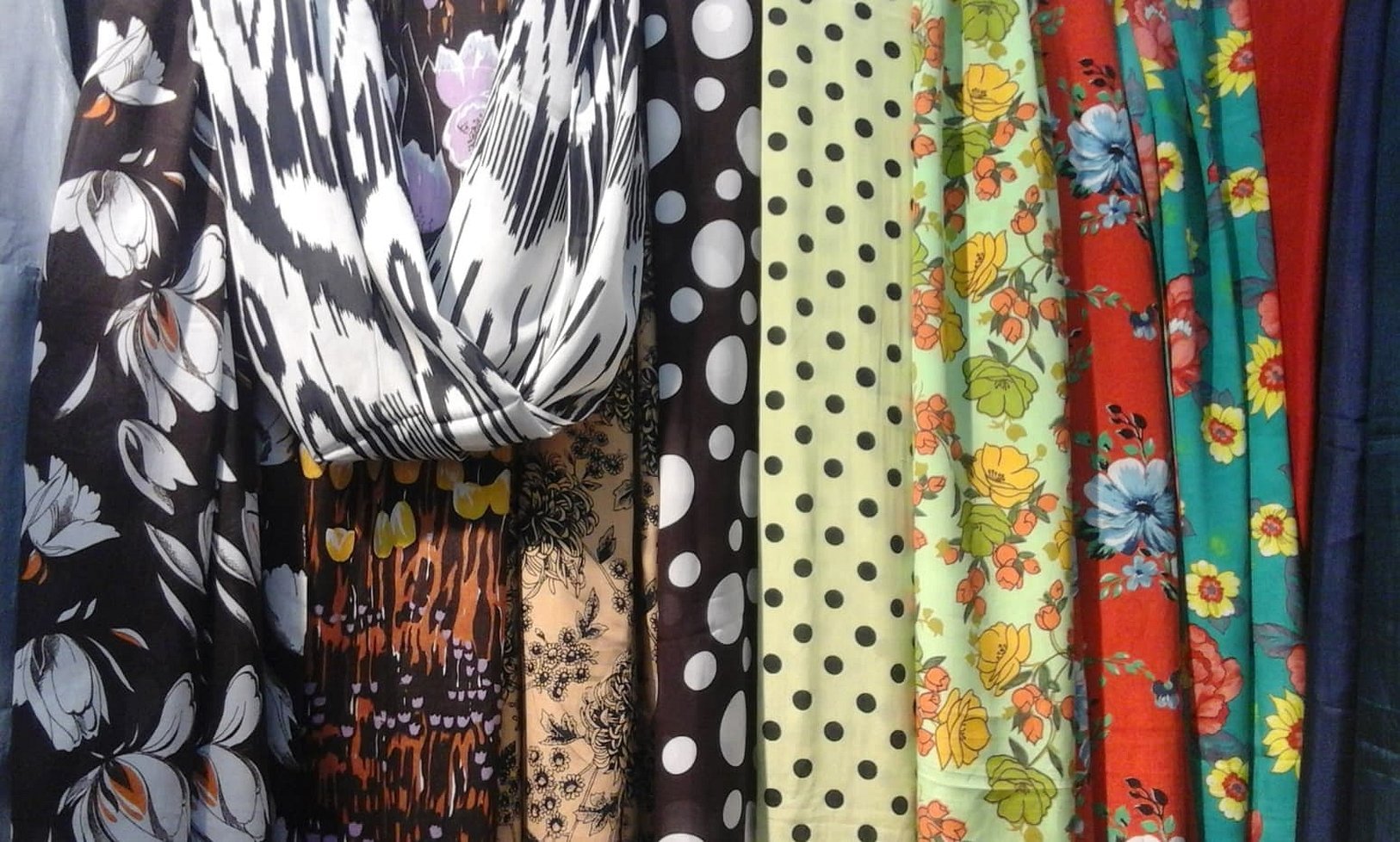
Advantages and disadvantages
The following advantages are noted:
- resistance to fading in sunlight;
- water-repellent properties;
- long service life;
- easy to care for;
- value for money;
- lightweight products that retain heat;
- resistance to fungi and moths.
The disadvantages of PE fabric are several times less than the advantages. One of them is the property of electrification of the material. Sticking dust particles and crackling of the product, reflected in the dark by sparks, indicate a high content of polyester in the product. Low air permeability at elevated air temperatures makes it difficult to use some products in the hot period. This is how a comparison of what polyester is with other mixed fabrics is learned.
Please note! Modern polyester fabrics have become more beautiful and cheaper than their natural counterparts.
The cost of fabric with the addition of synthetics is much cheaper, which increases consumer interest.

